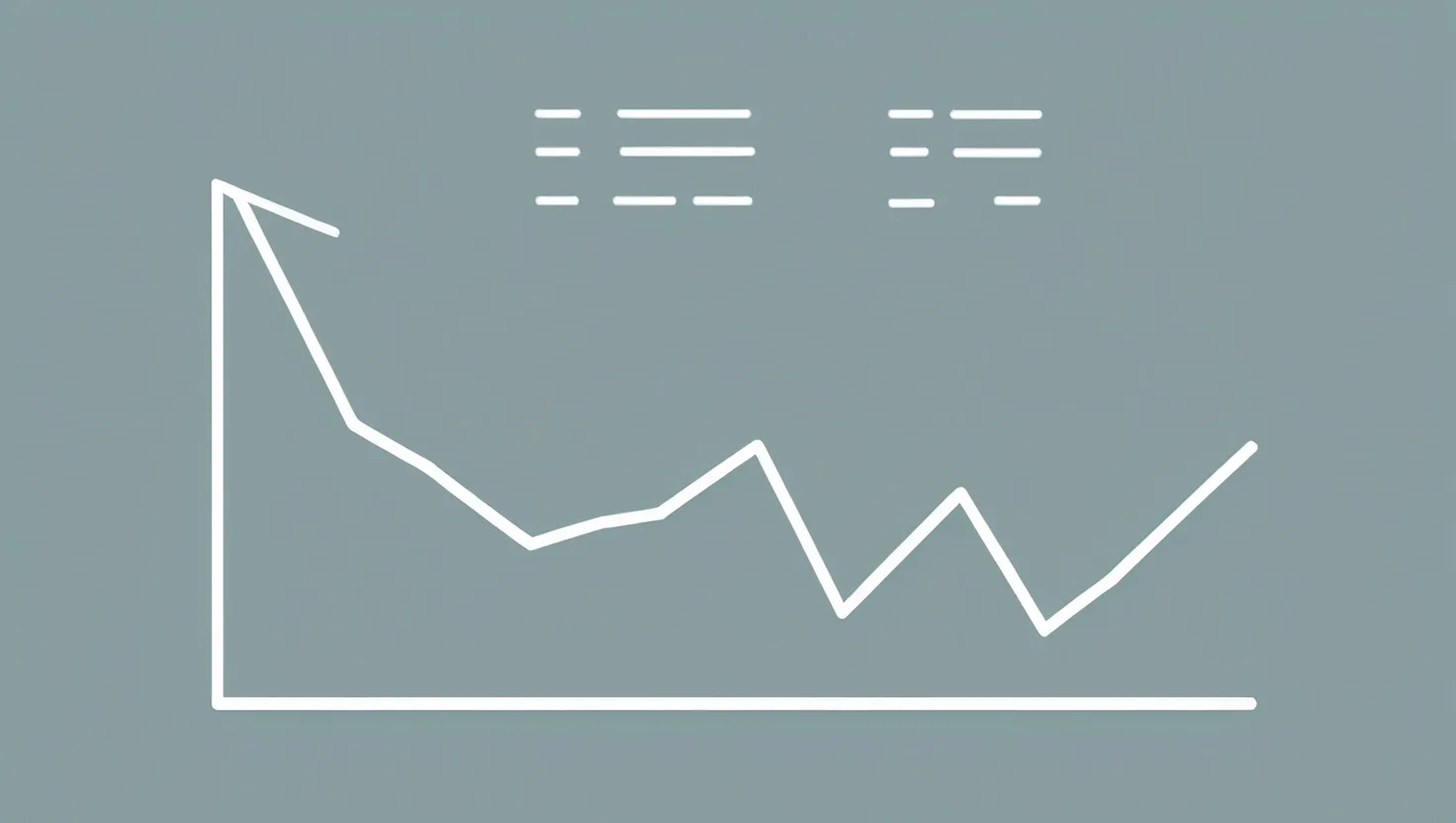Mind Mapping: A Creative Approach to Mastering Time Management
In our fast-paced world, staying on top of tasks and managing time effectively can feel like a constant uphill battle. Enter mind mapping - a game-changing technique that's revolutionizing how we approach time management. This visual tool isn't just a productivity hack; it's a way to tap into your brain's natural thinking patterns and unleash your organizational superpowers.
So, what's the big deal about mind maps? Picture this: instead of a boring, linear to-do list, you've got a vibrant, interconnected web of ideas and tasks. It's like your brain on paper (or screen), with thoughts branching out from a central theme. This setup mirrors how our minds actually work, making it way easier to grasp and remember stuff.
Let's talk clarity. You know that feeling when your head's swimming with a million things to do? A mind map cuts through that mental clutter like a hot knife through butter. It gives you a bird's-eye view of your day, week, or even long-term goals. Suddenly, that mountain of tasks doesn't seem so insurmountable. You can see what's really important and what can wait.
Take that big project that's been looming over you. Instead of freaking out about how massive it is, you break it down on your mind map. Main branches for major steps, smaller twigs for the nitty-gritty details. Before you know it, you've got a roadmap to success, and you can tackle it one branch at a time. It's like magic, but it's just good organization.
Now, let's chat productivity. Mind maps are like steroids for your efficiency. You can see at a glance how much time you should spend on each task. No more getting lost in the weeds of unimportant stuff or underestimating how long things will take. It's all there, laid out in front of you.
And goals? Oh man, mind maps make setting and crushing goals a breeze. Whether it's planning a dream vacation or gunning for that promotion, your mind map becomes this tangible, visual representation of your ambitions. It's not just a vague idea floating in your head anymore; it's right there in black and white (or whatever colors you prefer), reminding you of what you're working towards.
Creating your own time management mind map is easier than you might think. Start with a central idea - maybe "Today's To-Do List" or "My Quarterly Goals." From there, let your thoughts flow. Branch out into categories like "Work Tasks," "Personal Errands," or "Self-Care." Under each of these, add more specific items. Before you know it, you've got a comprehensive, yet easy-to-digest overview of everything on your plate.
Here's a pro tip: include a "Distractions" branch. Yep, actually plan for those things that might derail your day. By acknowledging potential time-sucks like unnecessary meetings or that Instagram rabbit hole you always fall into, you're more likely to avoid them.
Don't forget to make room for collaboration. If you're working with a team, your mind map can be a fantastic tool for aligning everyone's efforts. It's like a shared brain, keeping everyone on the same page and moving in the same direction.
One of the coolest things about mind mapping is how flexible it is. You can use good old pen and paper, or dive into the world of digital mind mapping tools. Apps like EdrawMind, Mindomo, or iMindMap offer tons of features to make your maps look snazzy and function smoothly. Plus, digital maps are easy to update on the fly, which is perfect for our ever-changing schedules.
The real beauty of mind mapping for time management is how it reduces stress. There's something incredibly calming about seeing all your tasks and goals organized in a visual format. It's like your brain can finally relax, knowing everything's accounted for and has its place.
Let's get practical for a second. Imagine you're a freelancer juggling multiple clients and projects. Your mind map might start with "This Week's Work" at the center. From there, you branch out to different clients, then to specific tasks for each. You can color-code based on urgency, add notes about resources you need, and even link to relevant documents. In one glance, you've got your entire work week mapped out.
Or maybe you're planning a family vacation. Your central theme could be "Summer Holiday," with branches for accommodation, transportation, activities, and budget. As you flesh out each branch, you're not just organizing; you're getting excited about the trip and ensuring you don't forget any crucial details.
The cool thing about mind maps is they grow with you. As you tick off tasks or add new ones, your map evolves. It's a living document that reflects your changing priorities and achievements. And there's something incredibly satisfying about seeing those completed tasks, visually representing your progress.
Mind mapping isn't just about getting stuff done; it's about understanding how you work best. As you use this technique, you'll start to notice patterns in how you approach tasks, what times of day you're most productive, and where you tend to get stuck. This self-awareness is golden for continually improving your time management skills.
Don't be afraid to get creative with your mind maps. Use colors, symbols, or even doodles if that helps you connect with your tasks better. The more personalized your map is, the more likely you are to engage with it regularly.
Speaking of regular engagement, make checking in with your mind map a daily habit. Start your morning by reviewing your map, adjusting as needed, and setting intentions for the day. End your workday by updating it, celebrating what you've accomplished, and prepping for tomorrow. This ritual can become a powerful tool for maintaining focus and motivation.
Remember, the goal isn't to create the perfect mind map; it's to create a tool that works for you. If something isn't clicking, switch it up. Try different layouts, experiment with digital versus analog methods, or play around with how you categorize things. The beauty of mind mapping is its flexibility.
As you get more comfortable with mind mapping, you might find yourself using it for more than just time management. It's great for brainstorming ideas, taking notes in meetings, or even planning out writing projects (like this article!).
In conclusion, mind mapping isn't just another productivity trend; it's a powerful way to visualize your thoughts, organize your time, and achieve your goals. It taps into your brain's natural tendencies, making time management feel less like a chore and more like a creative process. So why not give it a shot? Grab a pen, open up a mapping app, and start branching out. Your future, more organized self will thank you.






